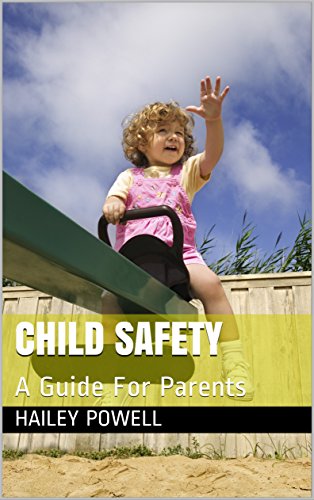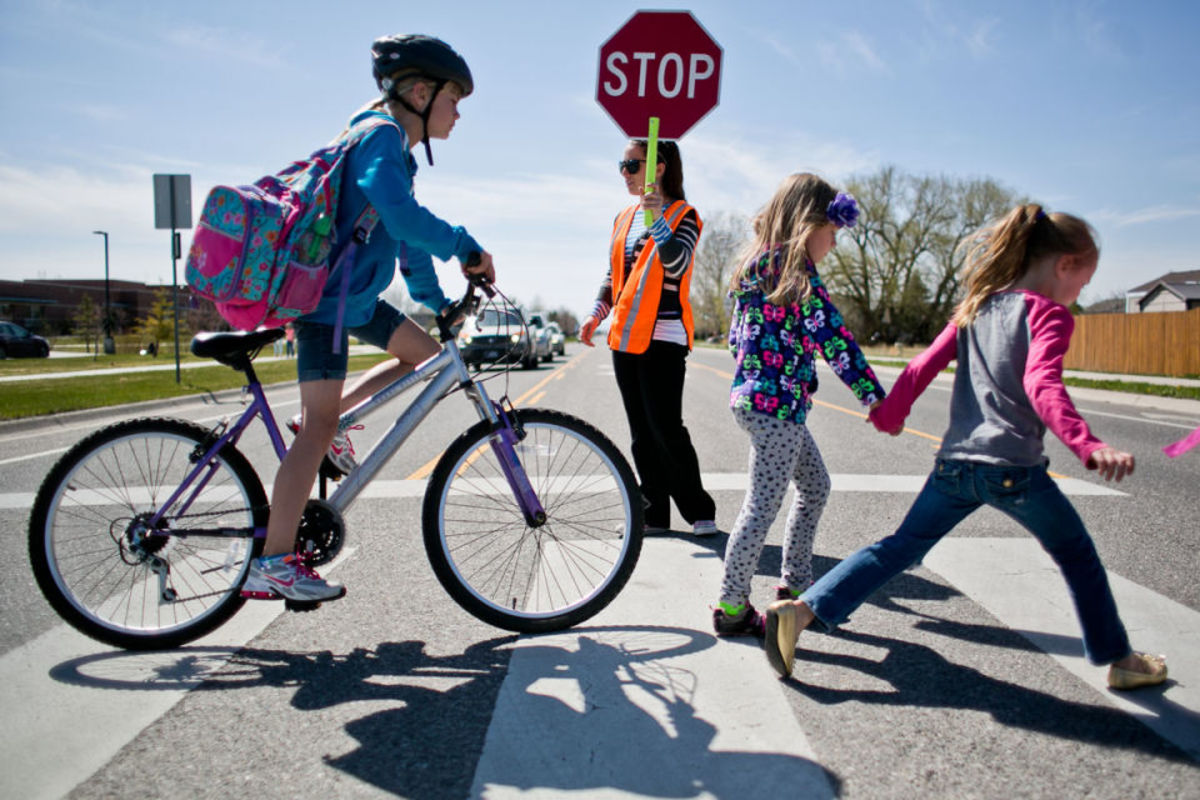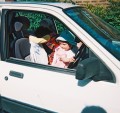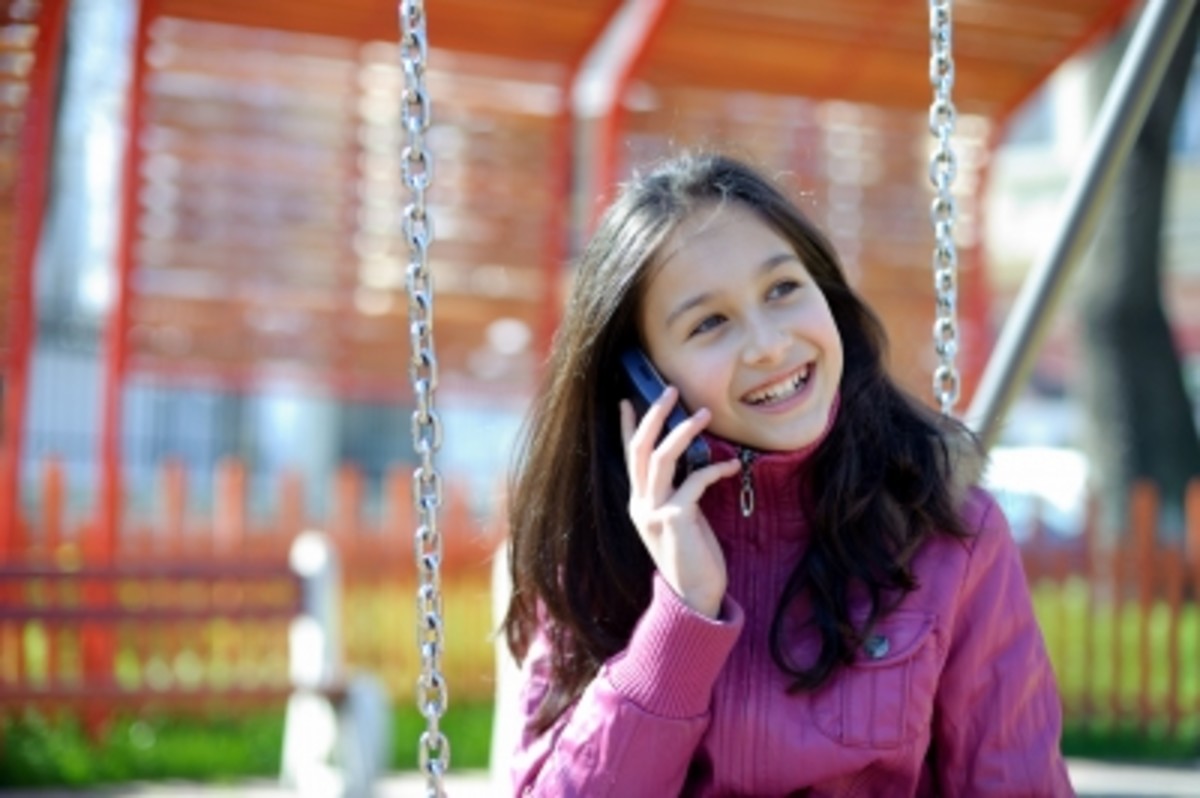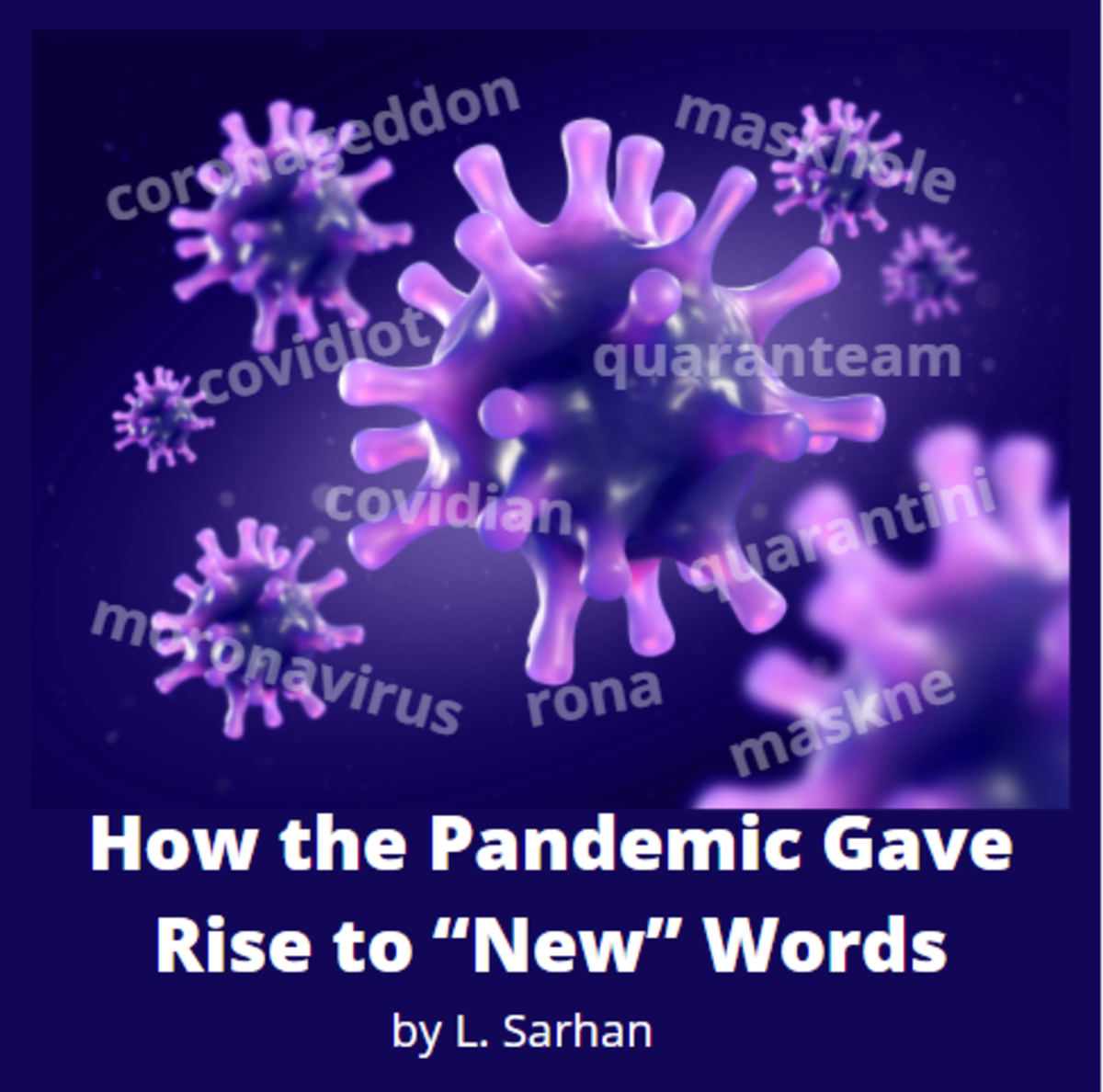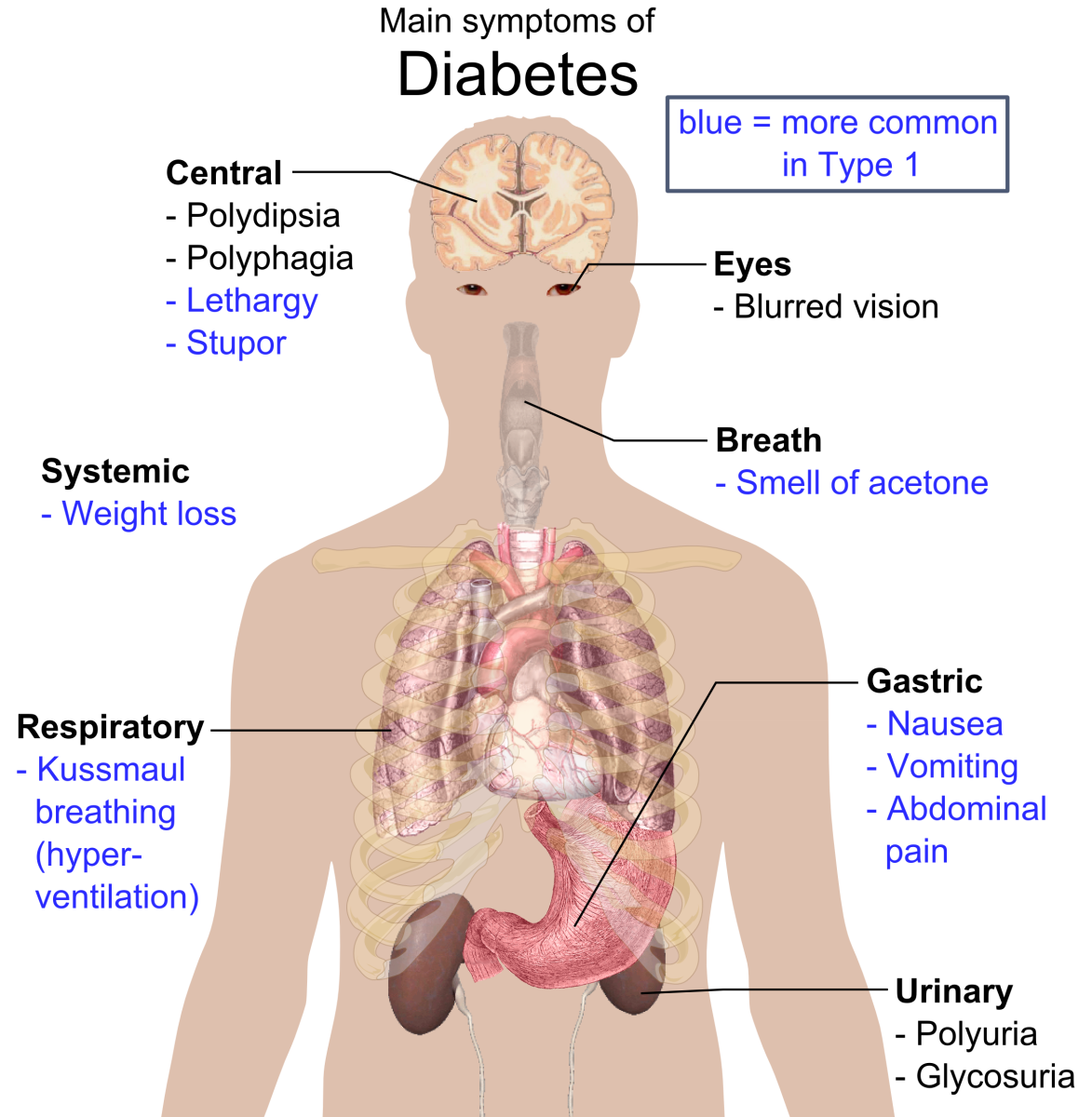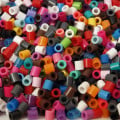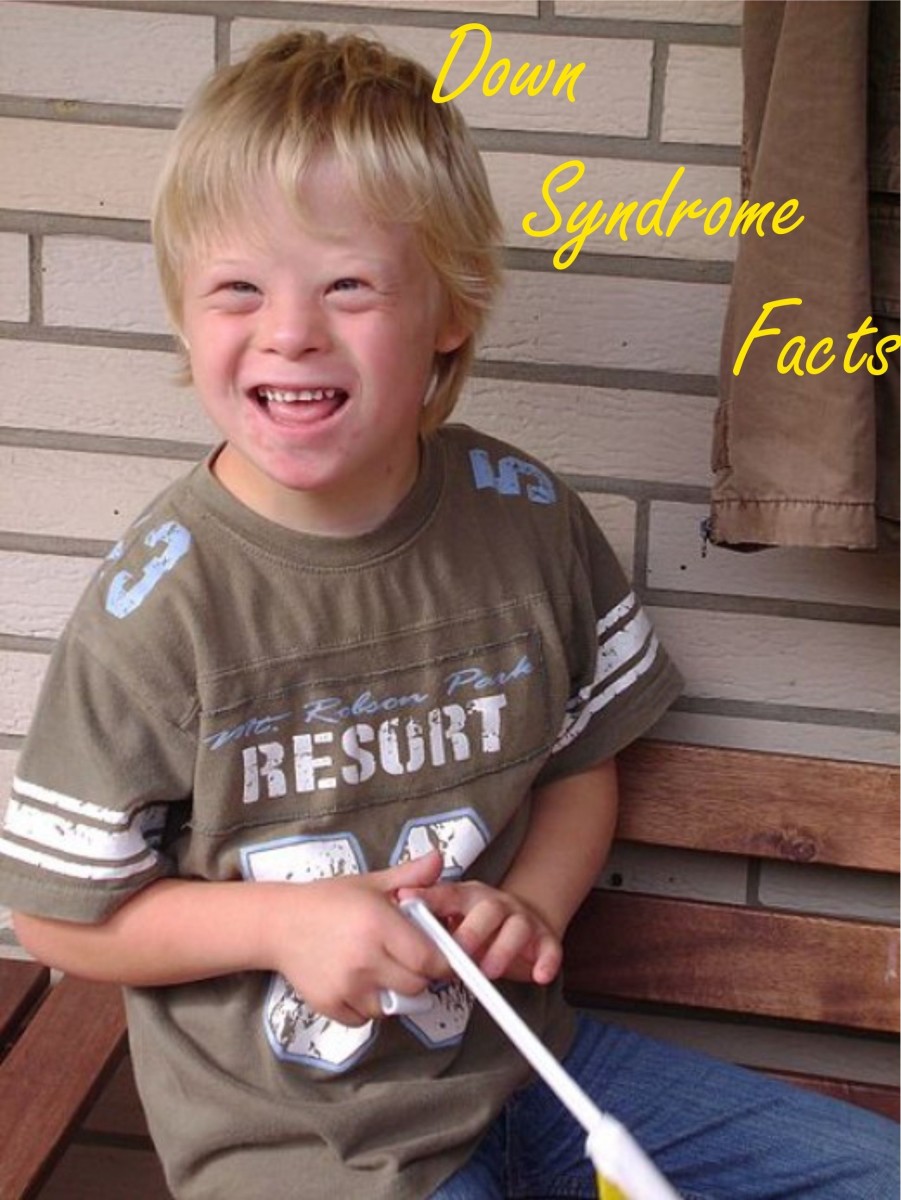A Guide to Health and Safety for Children - Preventing Common Kid Injuries
How to Prevent Common Kid Injuries
A parent's number one concern is the health and safety for his or her child and preventing those all too common kid injuries. We read all the books and child proof our home hoping that all our precautions will ensure that we never have to make an extra trip to the doctor or that horrifying drive to the emergency room.
Even with all our attempts to have the safest environment possible for our kids, accidents are going to happen. This is to be expected with little ones. Whether you are a new parent or one of multiple children, it is always good to refresh your knowledge on preventing those common kid injuries to be able to say that you are providing a healthy and safe environment for your children.
Remember to talk to your kids and teach them the potential dangers that are lurking around in their everyday world! Below you will find the five most common kid injuries and ways you can try to prevent them from happening.
Hand Burn
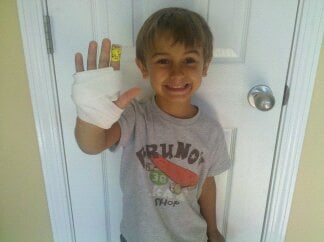
Burns
One of the most common kid injuries is a burn. Unfortunately, there are a number of ways your child could get burned around the house. Start with teaching them the difference between the hot and cold symbols and point out items to never touch. Older children will understand - it is the younger ones that you have to constantly remind and keep your eye on. Here is a helpful guide to keep your little ones healthy, safe, and burn-free:
- Remind them that the stove is hot and never leave them unattended in the kitchen when you are cooking.
- As soon as you are finished ironing, unplug it and put it in a safe place away from little hands.
- The same goes for any hair tools such as curling iron, flat iron, hot rollers, etc. Unplug them when you are done and put them in a safe place.
- Check the temperature of the bath water before giving the kids a bath. If water is too hot, it could potentially burn the child's skin.
- Outside tools such as lawn mowers can be a burn hazard. Teach them that the muffler is extremely hot after mowing the yard. (We had to learn this one the hard way!)
No, you can't prevent every burn from happening. Accidents are bound to happen. The point is to be aware of your actions and constantly remind your children what can happen if they touch any of these items.
CPR Poll
Would you know how to help a choking child?
Choking or Strangulation
Choking and strangulation is a great fear for many parents. Everyday items in a child's world pose a threat to his or her health and safety. It is nearly impossible to remove all these hazards but you can be aware of these threats and try your best to keep them out of your little one's reach. It is also important to teach them the reason we don't put things in our mouth or wrap anything around our neck. Again, accidents are bound to happen but here are a few tips to keep in mind with little ones around:
- Keep all small toys away from the reach of younger children. Pay attention to the age recommendation on the toy package. If they are too young for a certain toy, store it away until they turn the appropriate age.
- Instruct them not to put small items in their mouth. Teach them what could happen if they accidentally swallow the item.
- For younger children, cut all food into bite size pieces that their small mouths can handle. Pay attention while they are eating and look for any signs that they may be choking.
- Teach them why we don't wrap strings, ropes, etc. around our neck. For younger children, try to keep these items away from their reach to prevent any injury.
The most important tip for all parents is to be visual of your children. Once they reach the stages of crawling and walking, it becomes a full time job just to keep up with them. Try your best to ensure potential hazards stay far away from your child.
Crib Safety
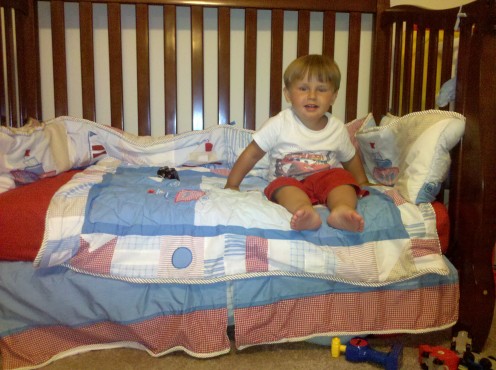
Falling
It would be so nice if we could protect our children from the injuries associated with falling. Unfortunately, this is never going to happen. From the time they start walking, falling is an inevitable part of life. They are going to have many injuries from falling such as bumps, bruises, scratches, broken bones, head injuries, etc. There are several ways to lessen the chance of these common injuries if we follow a few of the below safety precautions:
- Cover or remove furniture with sharp edges. Child proofing is key when your child is starting to learn how to walk and will lessen the amount of injuries if they do happen to fall.
- If they have learned to crawl out of their crib, it is definitely time for a toddler bed. You must switch to the bigger bed to prevent possible injuries such as broken bones or even worse a head injury.
- Ensure your kid's health and safety while playing outside. Make sure your child is wearing a helmet and protective pads when riding a bike or other ride-on toys. If they are jumping on a trampoline, make sure it has the protective netting to keep them from falling off and causing a serious injury.
- Do not leave out stools, ladders, etc. Always put these items away so your child will not feel tempted to climb up and explore what is out of his or her reach.
Though we can not always protect our children from falling, it is important to do all we can to lessen the injury that can occur. Doing our best to follow the above tips will help the overall health and safety of our kids.
Water Safety
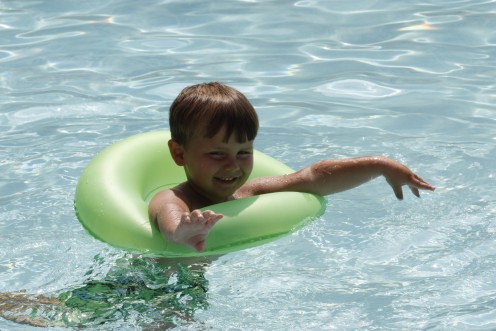
Drowning
Until children learn how to swim, drowning is a major fear for all parents. I cannot stress enough the importance of staying visual and never leaving your child alone near any body of water. It only takes a second for a serious injury or even death to occur when water is involved. Teach your child to be respectful of the water and instruct them on the importance of always having an adult around before they jump into the pool or even the bathtub. Here are some important tips for all parents to remember:
- Never leave a young child - especially a baby - alone in the bathtub. Before the start of any bath, have all items ready to go. Even if the phone rings, do not leave the bathroom. A very important tip for every parent to remember.
- Make sure your child has appropriate swim gear when swimming in a pool or other body of water. Swim gear can range from ring floats, arm floats, life jackets, etc. It is important to note that they fit the size of your child to ensure water safety.
- If you have a pool at your house, be sure all doors and gates are locked to prevent little ones from getting in without your knowledge. For above ground pools, remove the ladder to prevent your child from climbing into the pool.
- Always watch your child or have another adult watch him or her if you have to leave the swimming area. Teach your kids not to get in the pool or other body of water unless under adult supervision.
It breaks my heart to hear another story on the news about an accidental drowning or other serious injury of a child caused by the water. As parents, we have to always remember to teach our kids to respect the dangers of the water and to never get in without adult supervision.
Poison Control Center Video for Kids
Poisoning
Accidental poisoning is another common injury to children often leading to serious injury or even death. This is another part of parenting that I cannot stress enough - keep these harmful toxins out of children's reach. Teach them the harmful effects of what poisoning can do to your body and let them know to stay away from such places as under the sink, medicine cabinet, etc. If we remain visual and strive to always put up potential poisonous items, our child's health and safety will be protected. Below are some tips for all parents to follow regarding poisonous products:
- Teach your children to stay out from under the sink. Buy a child proof lock to keep small children out of this dangerous cabinet.
- Put away all potential poisonous items immediately after use. This simple task will save your child from ingesting any kind of hazardous materials.
- Keep all medicine out of reach from children. After taking any kind of medicine, immediately put it up so your child will not mistake it for candy.
- Show your children what items are poisonous and how it can be harmful to their body. Teach them to ask an adult if they are ever in doubt whether or not an item is considered a poison.
It is a good idea to have an emergency number on hand if you think your child has ingested any poisonous material. The quicker you seek medical attention, the better chance your child has to survive without any kind of harmful side effects.
Child Safety Guide
Kids Safety
Of course, as parents we would love to keep our children healthy and safe from all potential hazards. Prevention is the key to avoiding unnecessary accidents that could result in serious, life threatening injuries. Though it's not possible to keep them healthy and safe from all the dangers of the world, we can ensure to lessen the effects of the above most common kid injuries.
If you take anything away from this article, I hope it is to remain visual of your children, focus on prevention, and to teach your kids the importance of playing it safe. You are not perfect and accidents will happen, but we can better the chance of our children leading a more healthy life.
I hope you have found this article to be a helpful guide to the health and safety of your children. If you enjoyed what you read, be sure to check out my other hub A Guide to Health and Safety for Children - When to Call the Doctor. Please feel free to rate and comment in the section provided below.


